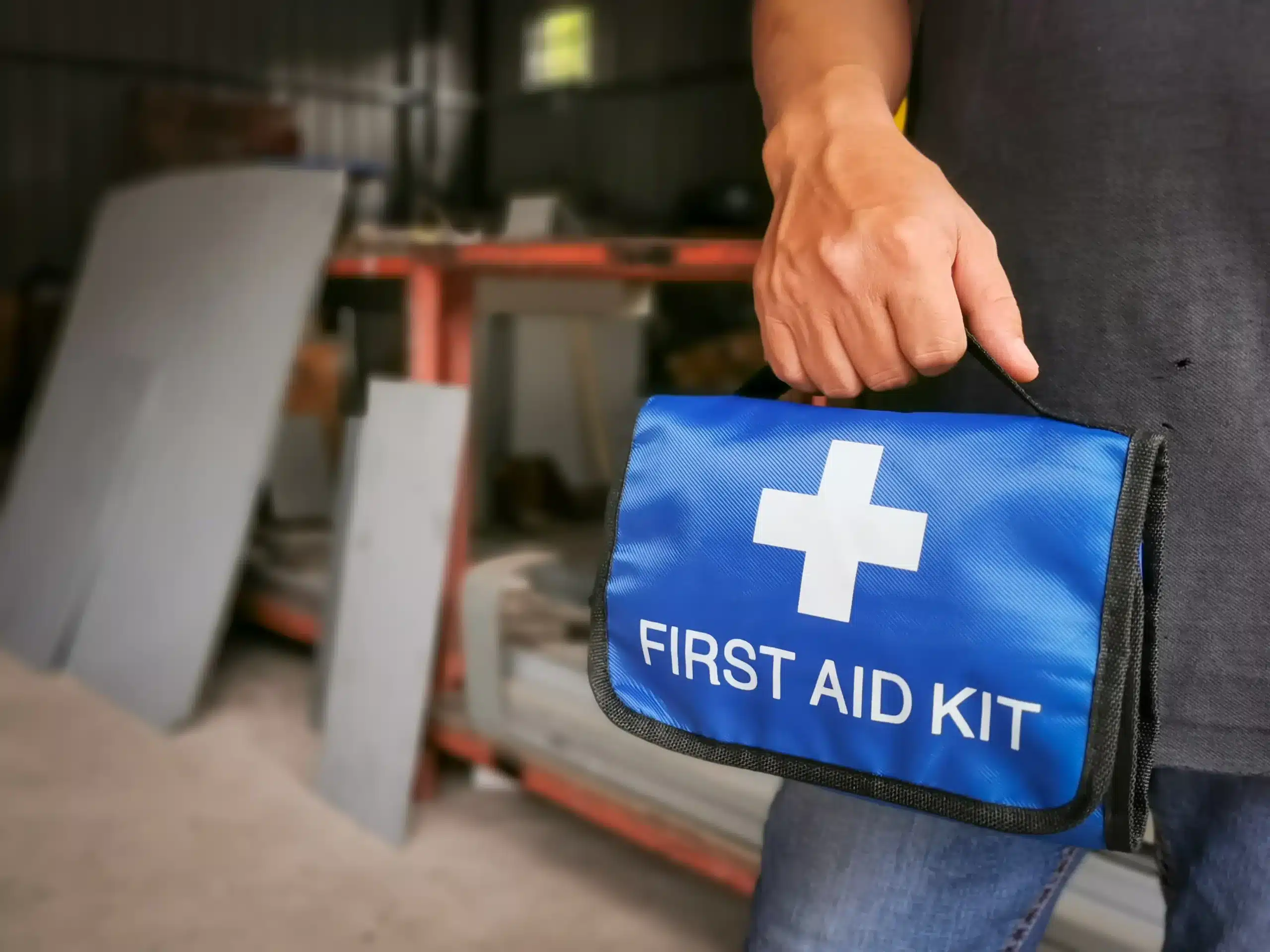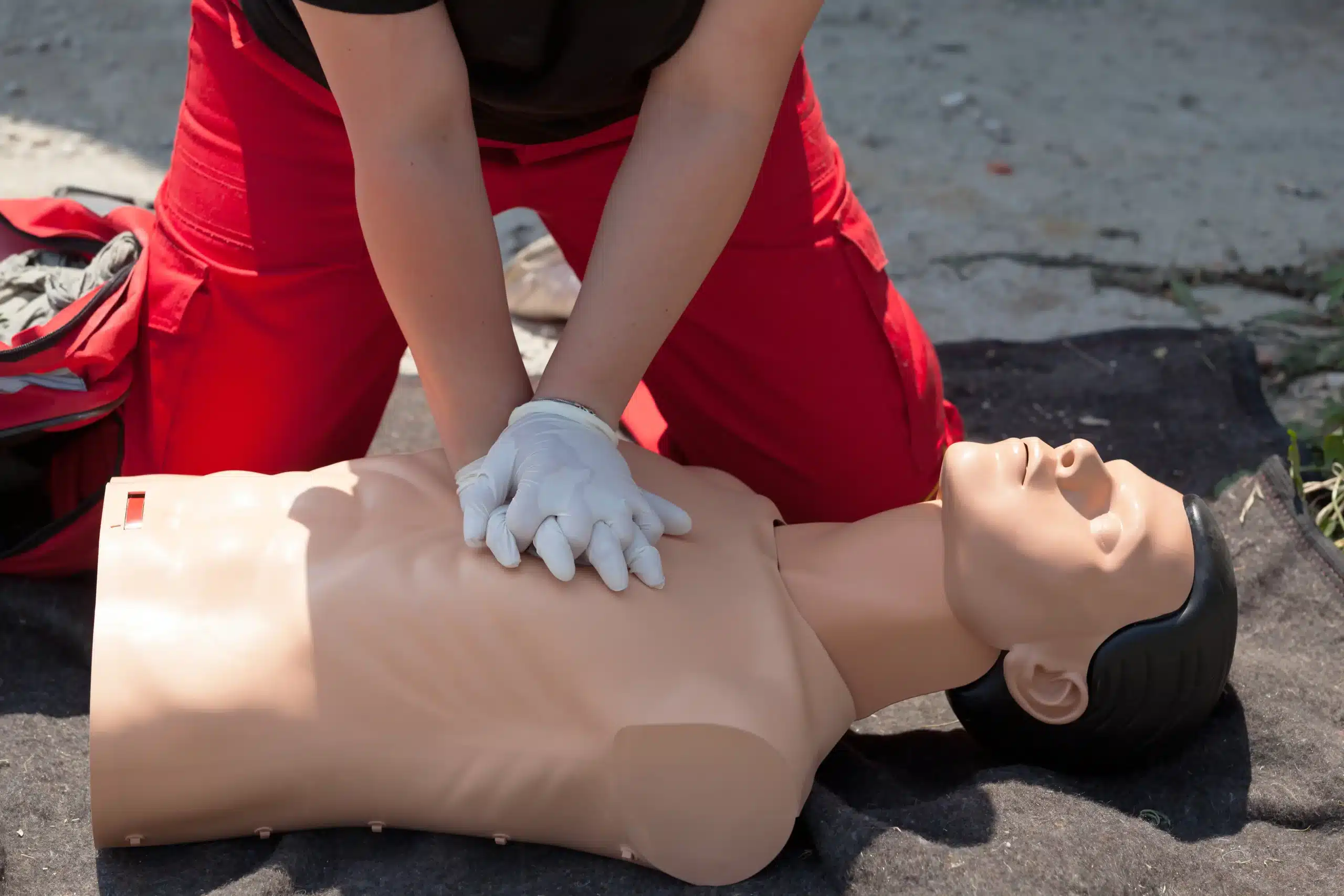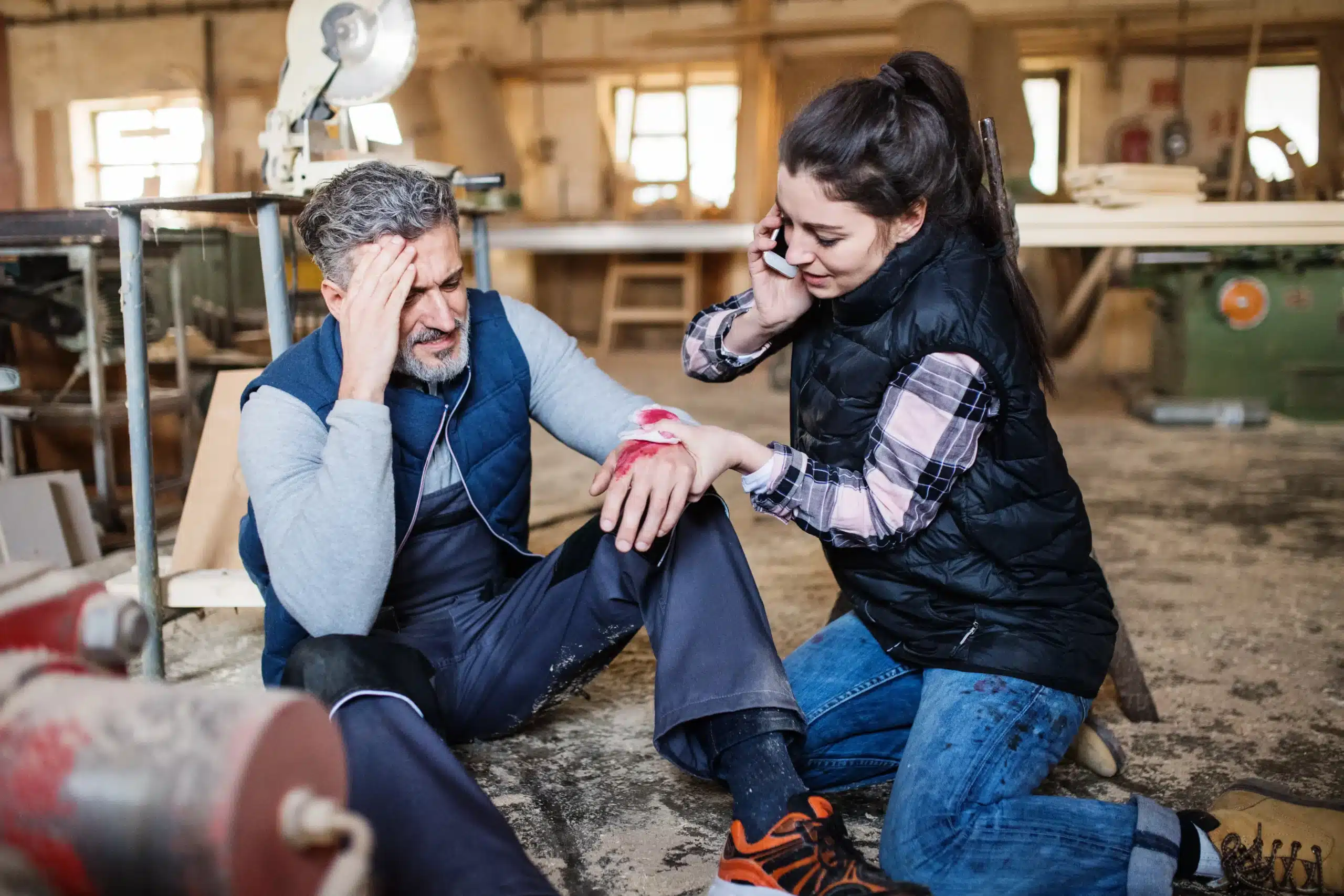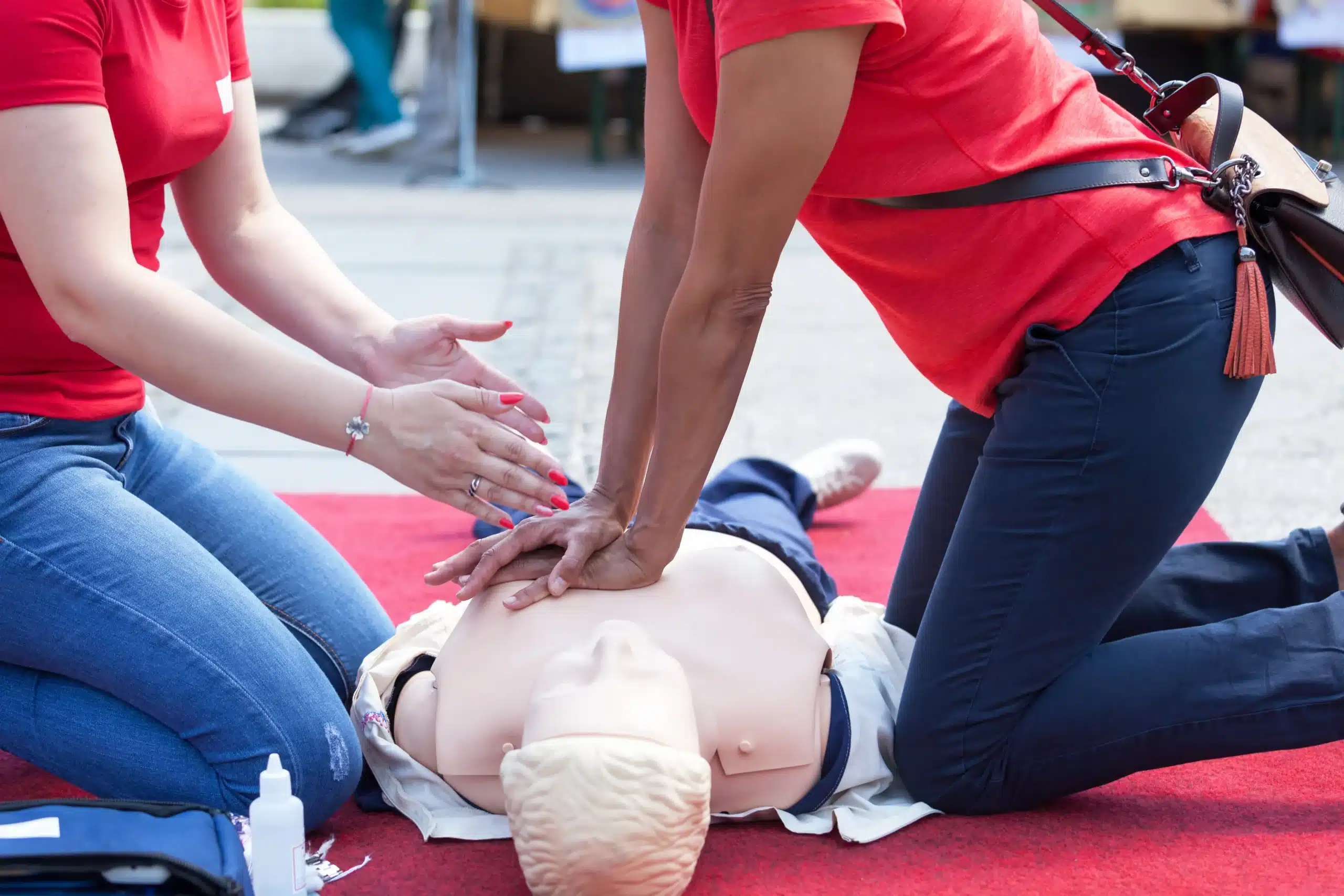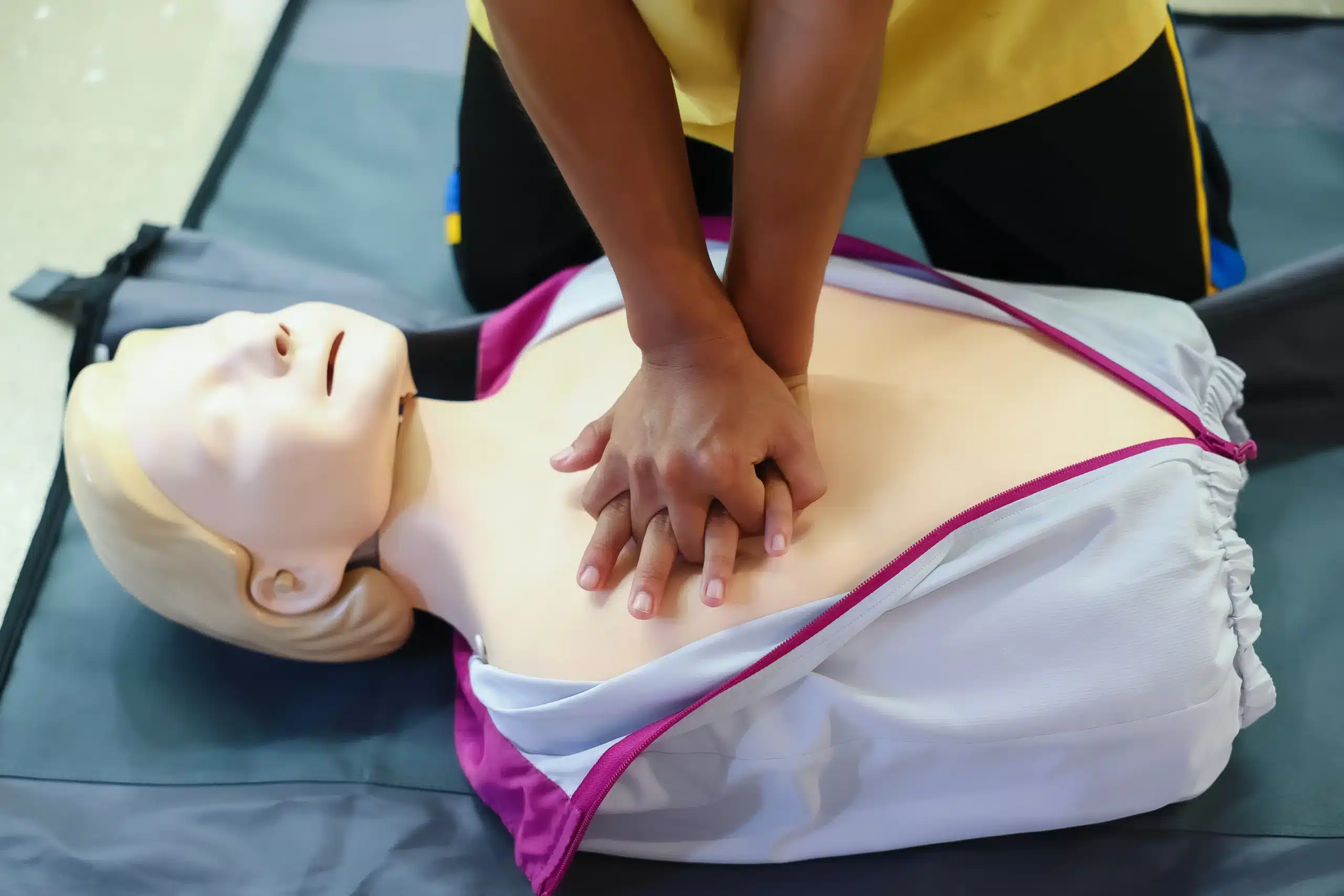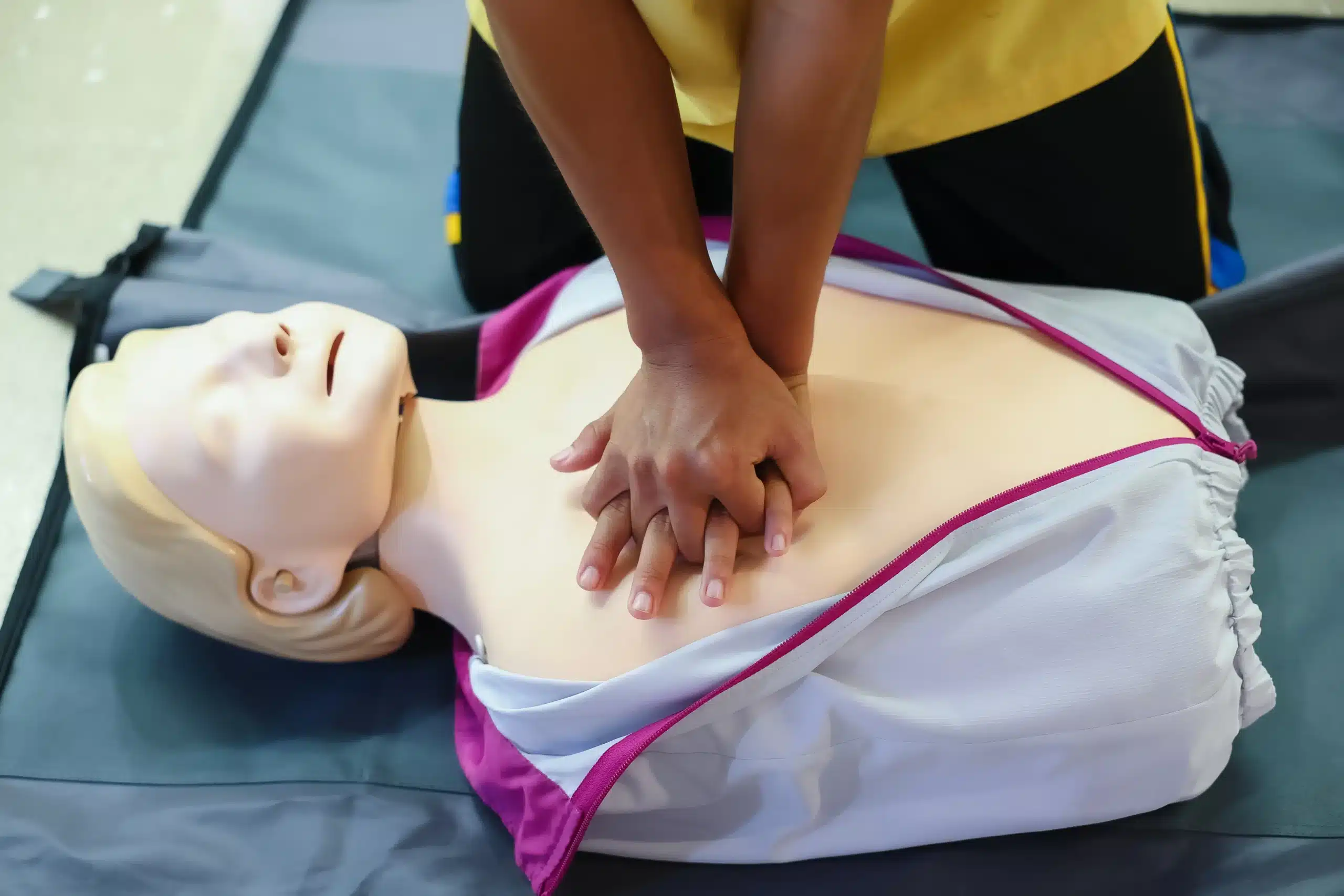Ready to make a real impact in your community? Becoming an American Heart instructor allows you to do just that. As an AHA instructor, you’ll play a vital role in equipping individuals with the skills to respond effectively in medical emergencies. This guide provides a roadmap for your journey, covering everything from the initial certification requirements to ongoing education and potential earnings. We’ll explore the steps involved in becoming an AHA instructor, the resources available to support you, and the financial aspects of this rewarding career path. We’ll also delve into effective teaching techniques and common challenges instructors face, providing you with the knowledge and confidence to excel in this life-saving role. Let’s explore the world of AHA instruction together.
Key Takeaways
- Empower others with life-saving skills: Becoming an AHA Instructor is a structured process, starting with holding a current AHA provider certification and culminating in teaching your first class under supervision.
- Stay engaged and informed as an AHA Instructor: Maintain your certification by teaching regularly, staying up-to-date with AHA guidelines, and utilizing resources like the AHA Instructor Network.
- Create a dynamic learning experience: Effective CPR instruction involves adapting to different learning styles, incorporating realistic scenarios, and emphasizing hands-on practice to build student confidence and competence.
How to Become an American Heart Association (AHA) Instructor
Becoming an AHA Instructor is a rewarding path, allowing you to empower others with life-saving skills. It takes dedication, a passion for teaching, and a commitment to specific guidelines. This section breaks down the process, from prerequisites to essential skills.
AHA Instructor Certification Requirements
Before you begin the instructor certification process, you must hold a current AHA provider certification such as Heartsaver, BLS (Basic Life Support), ACLS (Advanced Cardiovascular Life Support), or PALS (Pediatric Advanced Life Support). This foundational knowledge ensures you’re prepared to teach these vital techniques. You can find BLS courses in San Jose here.
Steps to AHA Certification
The path to becoming an AHA Instructor involves a clear, structured process:
-
Find a Training Center: Locate an AHA Training Center like Safety Training Seminars, which offers instructor courses. This will be your hub for training and resources. We’re proud to serve San Jose, Santa Clara, and Sunnyvale, CA.
-
Complete the Instructor Essentials Course: This online course provides foundational knowledge and skills for future instructors. After completion, print your certificate. Learn more about the instructor essentials course.
-
Attend the Instructor Course: This crucial in-person training provides a deeper dive into discipline-specific instruction, developing your practical teaching skills. Learn more about becoming an AHA instructor.
-
Teach and Be Observed: Within six months of completing the Instructor Course, teach your first class under the guidance of a Training Center supervisor. This hands-on experience solidifies your new skills and provides valuable feedback. Learn more about this important step.
Essential Instructor Skills
Effective CPR instructors possess a blend of key qualities beyond technical proficiency. Confidence, patience, and critical thinking are essential, along with strong communication skills to create a supportive learning environment and engage students. You can find more information on effective CPR instruction. Thorough preparation, including creating an engaging atmosphere and encouraging active participation, is also key to delivering high-quality training. Explore additional tips for new AHA instructors.
AHA Instructor Training & Resources
Becoming an American Heart Association (AHA) Instructor is a rewarding path, empowering you to equip others with life-saving skills. This journey involves dedicated training and access to a wealth of resources. Let’s explore what’s involved.
Accessing Teaching Materials & Support
To become a certified CPR Instructor with the AHA, you’ll first complete the required training courses. These courses cover the AHA’s teaching methodologies and provide access to essential materials. Think of it as your instructor toolkit, complete with everything you need to deliver effective training. This includes lesson plans, presentations, and guidelines specific to each course you’ll teach, like BLS, ACLS, and PALS.
Using the AHA Instructor Network
Once certified, you’ll gain access to the AHA Instructor Network, a valuable online platform. This network is your hub for staying up-to-date with the latest information. You can find updated emergency care information, essential resources, and helpful tools. It’s also where you’ll manage your instructor credentials, including finding your Instructor ID and viewing electronic certification cards (eCards). You’ll also have access to the Program Administration Manual, your guide to maintaining AHA teaching standards.
Continuing Education Opportunities
Maintaining your instructor status is key to continuing your teaching journey. The AHA requires instructors to teach a minimum number of classes within a specific timeframe—typically four classes every two years. This ensures you stay actively engaged with the material and maintain your teaching proficiency. Think of it as an opportunity to refine your skills and stay current with the latest AHA guidelines. You can find upcoming courses in your area to fulfill this requirement and expand your teaching expertise. We also offer courses like EMSA Health, Safety, and Lead Poisoning for childcare providers in California. Remember, we offer a low price guarantee, so you can continue your education affordably.
Maintaining AHA Instructor Status
Once you become an AHA Instructor, maintaining your certification is an ongoing process. Staying up-to-date ensures you’re providing the highest quality training to your students. This section covers key aspects of maintaining your instructor status.
AHA Recertification Explained
AHA Instructor recertification happens every two years. You won’t need to retake the entire instructor course, which is great news! Instead, you’ll need to demonstrate continued activity and proficiency. This involves teaching at least four AHA courses within the two-year period. These can be traditional instructor-led courses or blended learning courses like HeartCode BLS. You’ll also need to pass the current Provider and Instructor exams for each discipline you teach, and complete the Skills Verification process. Staying on top of your recertification requirements prevents having to retake the full Instructor Course.
Staying Current with AHA Guidelines
The science behind CPR and ECC is constantly evolving. The AHA regularly updates its guidelines to reflect the latest research and best practices. As an instructor, it’s your responsibility to stay informed about these updates. The AHA provides resources and training materials to help you do this, ensuring you’re always teaching the most current and effective techniques. This commitment to ongoing learning benefits both you and your students.
Common Instructor Challenges
Even experienced AHA Instructors face challenges. One common hurdle is effective class preparation. This includes not only knowing the course content inside and out but also having all your materials organized and your classroom set up for success. Another challenge is ensuring your students master the necessary skills through regular skills testing and practice. Finally, remember that being a CPR instructor is a journey of continual development. Finding ways to stay inspired and engaged with your role will help you maintain high teaching standards and provide excellent learning experiences. Consider exploring resources like the CPR Instructor Review for valuable tips.
AHA Instructor Finances
Becoming an AHA Instructor is a rewarding pursuit, both personally and professionally. But like any career path, it’s wise to understand the financial commitment involved. Let’s break down the costs associated with becoming a CPR instructor, along with the potential for earnings.
Initial Certification Costs
Becoming an AHA Instructor involves an upfront investment. You’ll first need to obtain your CPR Provider Certification, a prerequisite for the instructor course. This typically costs between $75 and $150. Next, you’ll take the AHA Instructor Essentials online course for around $35. The most significant expense is the in-person instructor training course, ranging from $250 to $600. Altogether, you’re looking at a total investment of roughly $500 to $935. Remember, these costs can vary based on location and training center. Safety Training Seminars offers a low price guarantee for many of our courses, including BLS CPR training, to help make these vital certifications more accessible.
Ongoing Costs & Potential Earnings
While there’s an initial investment to become a CPR instructor, the earning potential is promising. The demand for CPR training is consistently high, meaning instructors can often recoup their initial certification costs after teaching just two or three CPR courses. This makes the role financially viable, especially for those passionate about sharing these life-saving skills. Check out our BLS course schedule in San Jose (Willow Glen) to get an idea of the frequency and demand for these courses. We also offer other essential courses like EMSA Health and Safety for childcare providers in California.
Budgeting for New Instructors
Once you’ve completed your instructor course, factor in the cost of teaching materials and equipment. These aren’t usually included in the initial course price. Building a realistic budget for these essentials will set you up for success. Also, remember that all AHA Instructor courses require in-person attendance; they aren’t available online. This means you may need to factor in travel expenses depending on the location of your chosen training center. For those in and around San Jose, Santa Clara, and Sunnyvale, Safety Training Seminars offers convenient access to AHA courses and programs like RQI.
Effective AHA Teaching Techniques
As an AHA instructor, your role goes beyond simply delivering information. You’re responsible for creating a dynamic learning environment that equips students with the confidence and skills to perform CPR effectively. This involves understanding adult learning principles, adapting to different learning styles, and using engaging teaching methods.
Engaging CPR Students
Think about how you like to learn. Chances are, a dry lecture isn’t at the top of your list. The same goes for your students. To keep them engaged, incorporate interactive elements into your CPR training. Ask open-ended questions, encourage group discussions, and use real-life scenarios to illustrate key concepts. When students actively participate, they’re more likely to absorb and retain the information. Consider incorporating some of these active learning strategies to create a more engaging learning environment.
Adapting to Learning Styles
Everyone learns differently. Some people are visual learners, while others prefer hands-on experiences. As an instructor, you’ll encounter a mix of learning styles in your classroom. To effectively reach each student, diversify your teaching methods. Use a combination of visual aids, demonstrations, group activities, and hands-on practice. This guide for new AHA instructors offers practical advice and insights for creating dynamic and effective learning experiences.
Using Realistic Scenarios & Hands-on Practice
CPR is a skill that requires practice. While lectures and discussions are important for building a foundation of knowledge, hands-on training is crucial for developing muscle memory and confidence. Create realistic scenarios that simulate real-life emergencies. This allows students to apply their knowledge in a safe and controlled environment. Encourage them to work together, provide constructive feedback, and guide them through the steps of CPR. The more realistic the training, the better prepared your students will be to respond effectively in a real emergency. This article on engaging students offers additional strategies for creating a dynamic and impactful learning experience.
Related Articles
- ACLS Certification Classes San Jose | AHA Certification Course
- American Heart Association Course Preparation | San Jose CPR
- ACLS Courses San Jose: Your Complete Guide – San Jose CPR Classes
- American Heart Association Training in San Jose – San Jose CPR Classes
- Safety Training Seminars San Jose: A Complete Guide – San Jose CPR Classes
Frequently Asked Questions
What are the prerequisites for becoming an AHA Instructor? You must hold a current AHA provider certification such as Heartsaver, BLS, ACLS, or PALS before starting the instructor certification process. This ensures you have the foundational knowledge to teach these life-saving techniques.
How do I find an AHA Training Center? You can use the AHA’s website to locate Training Centers near you. Safety Training Seminars is a certified Training Center serving San Jose, Santa Clara, and Sunnyvale, California. We offer a range of AHA courses, including BLS, ACLS, PALS, and CPR.
What does the AHA Instructor certification process entail? The process involves completing the online Instructor Essentials course, attending a discipline-specific instructor course, teaching your first class under the supervision of a Training Center Faculty, and maintaining your certification through ongoing training and teaching.
What ongoing costs are associated with being an AHA Instructor, and what is the earning potential? Ongoing costs primarily involve maintaining your provider certifications and staying current with AHA guidelines. The earning potential can be significant, as demand for CPR training is high. Many instructors recoup their initial certification costs after teaching just a few courses.
What are some effective teaching techniques for AHA Instructors? Engaging students through interactive activities, adapting to different learning styles by using diverse teaching methods, and incorporating realistic scenarios and hands-on practice are all effective techniques for AHA Instructors. Remember, your goal is to empower your students with the confidence and skills to perform CPR effectively in real-life situations.


